3 Steps for getting rid of mould
At i-sells our main objective is to help people realize what mould is and how it can be prevented. Having the right knowledge, tools and equipment will eliminate any mould problems you may have in your home. As always there are a few options depending on your budget and requirements.
Too much moisture? use a dehumidifier
If there is too much moisture in or on your walls, and it is preventing you from being able to clean or paint them. Use a dehumidifier. A dehumidifier will help extract excess moisture from the air and the walls. This is particularly helpful if you have had a major leak or a water spillage.
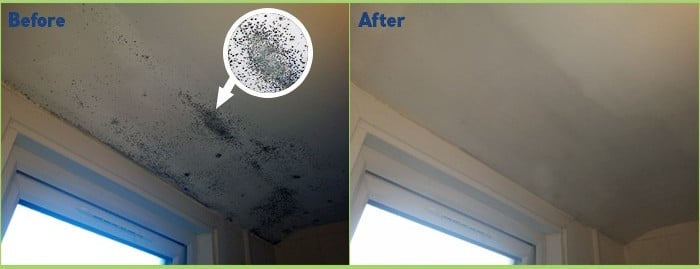
Step 1 (Cheapest) this should always be the first step to getting rid of mould (Watch Video)
Mould free duration: Often less than a month.
The cheapest and quickest way to remove mould is to use a mould cleaner. This can be a bleach based mould cleaner from a local supermarket or a fungicidal cleaner from more specialised shops like the Kair Surface cleaner which is virtually orderless. Both these cleaners will remove mould off your wall, surface.
Please note that this will not get rid or prevent mould from reappearing altogether, but delay it from returning for a short while. quite often less than a month.
Step 2 (Still quite cheap and very effective) (Watch Video)
Mould free duration: Few months to two years.
In any case, if you have mould growing in your home, you will need to use a mould cleaner as mentioned before to prepare your walls or ceiling.
After you have cleaned the mould affected areas, you will want to re-paint them. For this you will need an anti mould paint additive. You can mix the anti mould additive with a variety of paint types, tile grout, wallpaper paste or coatings. Don’t just use paint without the additive, as the problem will return and you will need to clean everything again before re painting.
Important:
Mix the anti mould additive with your selected paint thoroughly! Preferably use a drill / whisk for at least two minutes.
Mould will not grow on areas painted with the anti mould additive paint. The duration of mould free walls will depend on the humidity and ventilation in your home. Eventually if ventilation is poor and humidity is high, the anti mould additive will not prevent the return of mould growth. Making this a medium term solution for a few months to two years.
Personal experience: I have used the the two above steps in my bathroom to clean and paint the ceiling, mould has not yet returned at all on the ceiling. Painted end of November, 2014 (Will update this post if there are changes) not a single spot of mould has appeared since, as before mould would re-appear in about 1,5 weeks. Areas where I haven’t cleaned or painted (bathroom walls) have small patches of mould appearing, which means there is still a humidity and/or ventilation problem which is addressed below. I have used the Kair Mould Control pack, it contains the surface cleaner and two paint additives.
Step 3 (Has its price, but is the solution)
Mould free duration: What mould? As long as the extract fan or ventilation unit is operating as intended (also, filters are cleaned when required) you will not have to worry about mould, damp or condensation problems again. Here’s a customer that had a problem for 12 years! and solved them by installing a Nuaire Drimaster. You can read the review here which has been posted on Trustpilot.
Depending on the severity of mould growth in your home you should choose the appropriate cleaning and/or painting methods as mentioned before.
When mould is cleaned off, walls and ceilings are repainted using anti mould paint additive. The final step is prevention of future condensation and mould growth. This can be achieved by increasing air movement in your home. All this means is: maintaining a room temperature of around 20c or slightly higher and keeping humidity levels low, between 45% – 55%.
This is where a ventilation system or extract fans come in. Because each of us has different requirements here is some information to help decide what kind of a unit you may need.
Ventilation unit or extract fan?
If you have mould and damp problems throughout your home you will usually need a ventilation unit fitted either in your loft or in just a single room. For kitchens and bathrooms, an extract fan should suffice. If you do choose an extract fan make sure it has a Timer or for best and automated results a Humidity Sensor. The reason for that is simple; if the extract fan turns off when you turn off your bathroom light… it is useless since it is not doing anything, don’t you agree? a timer version fan would still extract for a set period of time. A humidity sensor fan would extract until the set humidity levels are met (45% – 55%).
If you have questions or not sure which unit or fan you may need, give our team of experts a call on 0208 463 9696 and they will point you in the right direction every time.
Ventilation systems provide your home with fresh clean air. They work by extracting the air in your home and replacing it with clean air from outside. Some systems will also recover heat, meaning the incoming fresh air from outside is warmed upon entry and will be close to room temperature.
Installation
You may be capable of installing a ventilation unit in your home yourself, but in most cases it is best to have the unit installed by a professional. Here is a list of local tradesman that provide such a service throughout the UK.
Recommended Products:
1. Mould control cleaners and paint additives from Kair
Link: Mould Control Products
2. Single Room heat recovery ventilation from Kair
Link: Heat recovery ventilation
3. Positive pressure ventilation units
Link: Loft mounted ventilation
4. Ventilation units for properties without lofts from Nuaire
Link: Other Ventilation units
5. The “one” fan.
Link: Nuaire Cyfan
For anything else please give us a call on: 0208 463 96 96
Share your thoughts and experiences by commenting below.

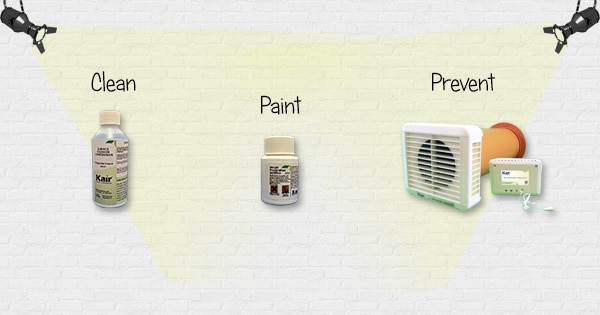
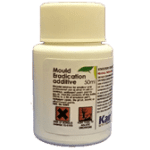

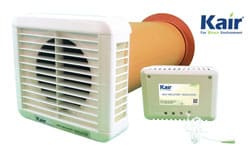



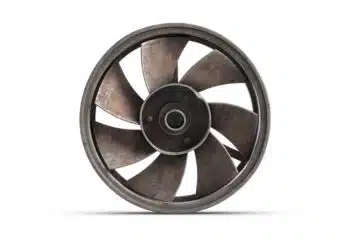
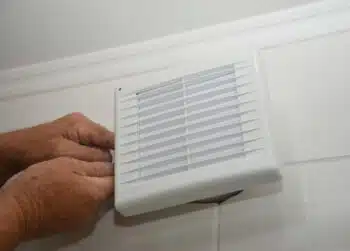
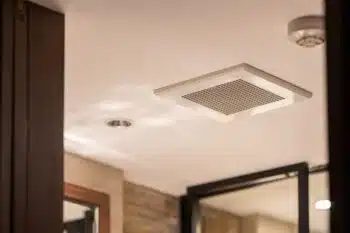










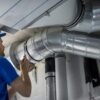








Add comment
You must be logged in to post a comment.